In early January, COVID-19 was largely limited to China. Now, just three months later, it has spread far beyond China’s border, and has effectively been halted domestically within the country.
There are currently around 1.36 million reported COVID-19 cases globally, with more than 76,000 deaths. China accounts for just 6 per cent of all cases, and 4.4 per cent of deaths. Yesterday, China reported no new deaths for the first time since January.
Countries in the West, meanwhile, have gone into lockdown, hospitals have been overwhelmed and markets are crashing. There appears to be no clear end in sight for us here.
Despite that, a group of ideologues already have their eyes on the post-pandemic world, and are concerned China may emerge as the new global superpower. As part of an effort to prevent this, these figures think other countries should hold China “accountable” for the pandemic, and are working to create popular demand among the public for this to happen.
In his 1997 book Blackshirts and Reds: Rational Fascism and the Overthrow of Communism, political scientist Michael Parenti wrote, “In the United States, for over a hundred years, the ruling interests tirelessly propagated anticommunism among the populace, until it became more like a religious orthodoxy than a political analysis. During the Cold War, the anticommunist ideological framework could transform any data about existing communist societies into hostile evidence.”
We’re currently seeing that happen with China, from columnists, reporters and politicians alike.
When the Chinese government had yet to put millions of people into lockdown, it was because they cared about their image more than fighting a pandemic. When they did enforce a lockdown, it wasn’t about fighting a pandemic, but a totalitarian move for more power.
When China was reporting hundreds of deaths a day, it was proof their government was incompetent because of just how bad the numbers were. When death counts dwindled, it was proof they were lying about numbers.
When global health organizations say anything remotely critical about China’s handling of the pandemic, it’s proof the country should be punished. When they say anything positive, it’s proof they were bought off by China.
When China had yet to send aid to other countries, they were portrayed as cruel. When they did send aid, it was portrayed as a propaganda effort.
When Chinese citizens complain about the government, it’s a sign the entire state is on the verge of collapse. When Chinese citizens praise the government, it’s evidence they’re being forced or brainwashed.
COVID-19 does appear to have originated in China, and so it makes sense, to an extent, that the country will be part of most conversations about the pandemic. However, this isn’t the reason these ideologues have focused so intently on China. Instead, it’s because of the ideological function their attacks serve.
Those in power, or adjacent to power, in the West see their government failing to deal with COVID-19, but don’t want to shoulder any blame. So, instead of criticizing policies they adopted, or failed to adopt, they direct anger outward.
For example, on March 21 the Daily Beast reported they were given a leaked government cable that contained “guidelines for how [United States] officials should answer questions on, or speak about, the coronavirus and the White House’s response in relation to China.” Unsurprisingly, officials were told to blame China for the pandemic when giving statements or answering questions from the press.
Those who aren’t in power, such as rightwing journalists, realize their neoliberal ideology is unequipped to deal with the pandemic, and therefore is under attack. They won’t abandon their views, so they have to shift blame to an outside country with an ideology that is different in the right way. Attacking China clearly serves this purpose, and offers a chance for anti-communism, which, as Parenti notes, people have been primed to hate for more than a century.
For example, Postmedia’s executive editor Kevin Libin wrote in a March 23 National Post article, “We will likely persevere, but what the world can no longer afford is the threat to our collective health and well-being that is the Chinese communist regime.”
These attacks aren’t justified, and I will break down three of the more popular pieces of the anti-China narrative in the media to show the lies or half truths they’re built on. In order to ascertain what these pieces of the narrative are, I went through the pages of the Toronto Star, the Globe and Mail, the National Post, the Toronto Sun and the Ottawa Citizen, and read through every opinion piece they published that focused on China and COVID-19, from January until early April.
China Imprisoned A Whistleblower
A main piece of the anti-China narrative is that the government arrested or imprisoned a COVID-19 whistleblower.
The story goes that a doctor found out about a new virus, tried to tell the world, was arrested and imprisoned, and then died from the virus. Commentators claim China did this because they wanted to cover up the existence of a deadly virus in the country, and that the result was COVID-19 spreading quicker and further than it otherwise would have.
Most of this narrative is false, or at least based on half-truths.
Doctor Li Wenliang was an ophthalmologist, not an epidemiologist. He initially misidentified the novel coronavirus as evidence of a SARS outbreak. He shared that claim, along with patients’ medical records, in a WeChat group on December 30 with a few colleagues, not to any hospitals or public health organizations. Li was not arrested or imprisoned. He was called in to a police station on January 3, after a screenshot from his WeChat group leaked and caused panic. At the station, he was reprimanded for falsely claiming there was a SARS outbreak, asked to sign a document pledging not to continue spreading the misinformation and then was free to leave. Unfortunately, it’s true that Li did die on February 7 from COVID-19, which he reportedly got from treating one of his patients who had been infected.
This narrative also serves to distract from another sequence of events.
On December 26, Zhang Jixian, the director of respiratory and critical care at Hubei Provincial Hospital, noticed that four patients in her unit who sought treatment for suspected pneumonia — an elderly couple, their son and someone who had come in from a seafood market — all had similar and unusual CT images, which led her to believe they were suffering from something else. The next day, Zhang — who played a crucial role in combating the 2003 SARS outbreak — reported it to the head of her hospital. Within the next two days, the information was passed on to the provincial Centers for Disease Control, which then initiated full scale research into the hospital.
All of this took place before Li shared those screenshots in his WeChat group. Zhang wasn’t punished for her efforts — she was given an award by the regional government.
I used the ProQuest database to search through the entire print editions of the five publications I mentioned earlier in the article. Li was mentioned 44 times between them. Zhang wasn’t mentioned at all.
China Didn’t Act Fast Enough
Another core part of the narrative, mentioned in nearly every one of the opinion articles I looked at, was that China didn’t react to the outbreak quickly enough due to malicious intent.
Here are quotes from just a few of the many examples I examined: “Beijing’s authoritarian government hid information about its origins, spread and severity for weeks”; “It wasn’t until Jan. 20, 40 days after the virus was first detected, that Chinese President Xi Jinping first issued instructions to control the virus, but by then it was too late”; “We know they hid this for at least a month before they told the [World Health Organization]”; “It wrapped the communist cloak of silence around the then-unknown virus running wild in Wuhan and kept it a secret until word got out.”
What these articles fail to mention is the unique difficulties of dealing with a novel coronavirus, as going through the process of noticing something is happening, identifying what it is and confirming the extent of the danger it poses takes time. This effort should not be viewed as something China was doing for itself, but rather on behalf of the world. Any country the pandemic started in would have had to do the same thing, and there are several steps involved before widespread action can be taken.
Here is a timeline of China’s efforts, continuing from the one mentioned in the previous section.
On December 31, just a few days after Zhang noticed strange CT results, the Wuhan Municipal Health Commission issued a public notice about the disease. That same day, officials informed the WHO. On January 1, officials shut down the market where they believed the virus crossed over to humans, and a day later the WHO activated their incident management system. By January 7, China had isolated what was at this point believed to be a new coronavirus. All of this happened before the first confirmed COVID-19 death, which occurred on January 9.
On January 12, China shared the genetic sequence of the novel coronavirus for countries around the world to use in creating diagnostic kits. The next day, the first case of the novel coronavirus outside of China was reported, in Thailand.
As of January 14, the WHO was still noting that “there is no clear evidence of human-to-human transmission,” a crucial component of determining how dangerous a virus may be. The first confirmed case of human-to-human transmission came more than a week later. It wasn’t until January 30 that the WHO declared a global health emergency.
So, the idea that the disease was wreaking havoc within China and in neighbouring countries before the government did anything about it is false. This isn’t to say China’s response has been perfect, although it’s unclear what perfection would even look like.
Whether China reacted quickly enough to the outbreak is a matter of opinion, which I’m sure will be debated and investigated — including by the Chinese government — long after the pandemic is over and people are able to see everything in scale. For now, however, we can look at what the experts have said about China’s performance.
In a January 30 statement, the Emergency Committee convened by the WHO Director-General wrote, “The Committee welcomed the leadership and political commitment of the very highest levels of Chinese government, their commitment to transparency, and the efforts made to investigate and contain the current outbreak. China quickly identified the virus and shared its sequence, so that other countries could diagnose it quickly and protect themselves, which has resulted in the rapid development of diagnostic tools.”
In a series of tweets the same day, Tedros Adhanom Ghebreyesus, the WHO’s director-general, wrote, “In many ways, #China is actually setting a new standard for outbreak response.”
A February report from the WHO noted, “In the face of a previously unknown virus, China has rolled out perhaps the most ambitious, agile and aggressive disease containment effort in history.” The report added, “The remarkable speed with which Chinese scientists and public health experts isolated the causative virus, established diagnostic tools, and determined key transmission parameters, such as the route of spread and incubation period, provided the vital evidence base for China’s strategy, gaining invaluable time for the response.”
The examples go on, and beg the question: Why do columnists feel more qualified to assess China’s response than the WHO? Some would say the WHO is lying, but what’s more likely: a successful conspiracy to silence the global health organization or a columnist who wrote about cancel culture a week ago being wrong?
China Is Responsible For The Crisis Globally
Commentators accusing China of failing to act quick enough likely aren’t doing so out of a concern for Chinese citizens. Perhaps that was the case initially, but now that we see China, with a population of 1.3 billion, has thus far managed to keep their death count to around 3,300, these concerns seem motivated by something else.
The reason, sometimes stated explicitly and other times just implied, is that these commentators believe the carnage in other countries is because of China. Here are just a few examples of these sort of headlines or statements: “China’s lies allowed the coronavirus outbreak to spread”; “now the whole world is paying dearly for Beijing’s behaviour”; “The virus is no conspiracy, just a cataclysmic natural phenomenon tragically mismanaged by the puppeteers in Beijing.”
This is absolutely not the case, and, difficult as it may be to accept, the carnage COVID-19 has caused within our countries is almost entirely the fault of our governments. The clearest example of this is the stark difference in how South Korea and the U.S. have dealt with COVID-19.
Both countries reported their first confirmed COVID-19 case on January 20. Since then, as of writing this article, South Korea has reported around 10,200 cases, and 192 deaths. The U.S., meanwhile, has reported more than 367,000 cases, and 10,900 deaths. Accounting for the population difference between the two countries, the U.S. has reported 5.6 times the cases, and 9.5 times the deaths.
President Donald Trump recently predicted a best-case scenario of 100,000 to 240,000 deaths within the country from COVID-19, although experts who put together the data the projection was based off of have said they’re unclear how the number was reached. South Korea, meanwhile, seems to have beat back the virus for now, with just six new deaths on April 7.
These stark differences are due entirely to the varying approaches the two countries have taken in combating COVID-19.
For example, as of mid-March, South Korea had tested more than 290,000 people for COVID-19, while the U.S. had done just 60,000 tests. Accounting for population differences, South Korea conducted 31 times more tests than the U.S. According to the Nation, “Many of the Korean tests were administered in drive-in centers around the country, where the procedure was available for free to any citizen who asked for one and results were available by text or e-mail within six to 12 hours.”
Moreover, South Koreans were encouraged to wear masks, and they were readily available. People were able to pick up two a week from their pharmacy, with the distribution of them based on the last number of one’s birth year. The U.S., meanwhile, has had a massive shortage of masks, even for frontline healthcare workers. In recent days, they’ve resorted to essentially hijacking shipments of masks intended for other countries, and asking manufacturers to stop sending them elsewhere, including Canada.
South Korea is not the only example of a nation that has performed far better than the U.S., or Italy, France, Spain and various other countries. Vietnam, for example, with a population of more than 95 million, has had zero reported COVID-19 deaths, and around 240 cases. Their success has had less to do with testing, due to a lack of resources, and instead has come from aggressive tracing measures, enforced quarantines and the conscription of medical students and retired doctors and nurses’ to fight the virus.
All of this is to say that China’s initial handling of COVID-19 didn’t doom other nations to the fates we’ve seen in the West. Instead, as journalist Ajit Singh argues in Monthly Review, China actually bought time for the rest of the world. As such, the countries in crisis are in that position due to their policies alone. Their governments should get the blame, not China.
I wrote this article because obscuring how we got where we did by allowing lies about China to spread will: 1) lead to less outrage from people against our governments, which is necessary to force them to take steps to save as many lives as possible; 2) help prevent us from building the socialist world we want to see after the pandemic, by portraying the death and destruction COVID-19 has caused as a failure of what is identified as a socialist government, and not capitalism.
This second point is crucial for anyone on the left, regardless of your thoughts on China. As Parenti noted, “Then and now, many on the Left have failed to realize that those who fight for social change on behalf of the less privileged elements of society will be Red-baited by conservative elites whether they are communists or not. For ruling interests, it makes little difference whether their wealth and power is challenged by ‘communist subversives’ or ‘loyal American liberals.’ All are lumped together as more or less equally abhorrent.”
As the anti-China narrative continues to ramp up, and east Asian people in the West are targeted in hate crimes as a result, it falls upon the left to fight back.


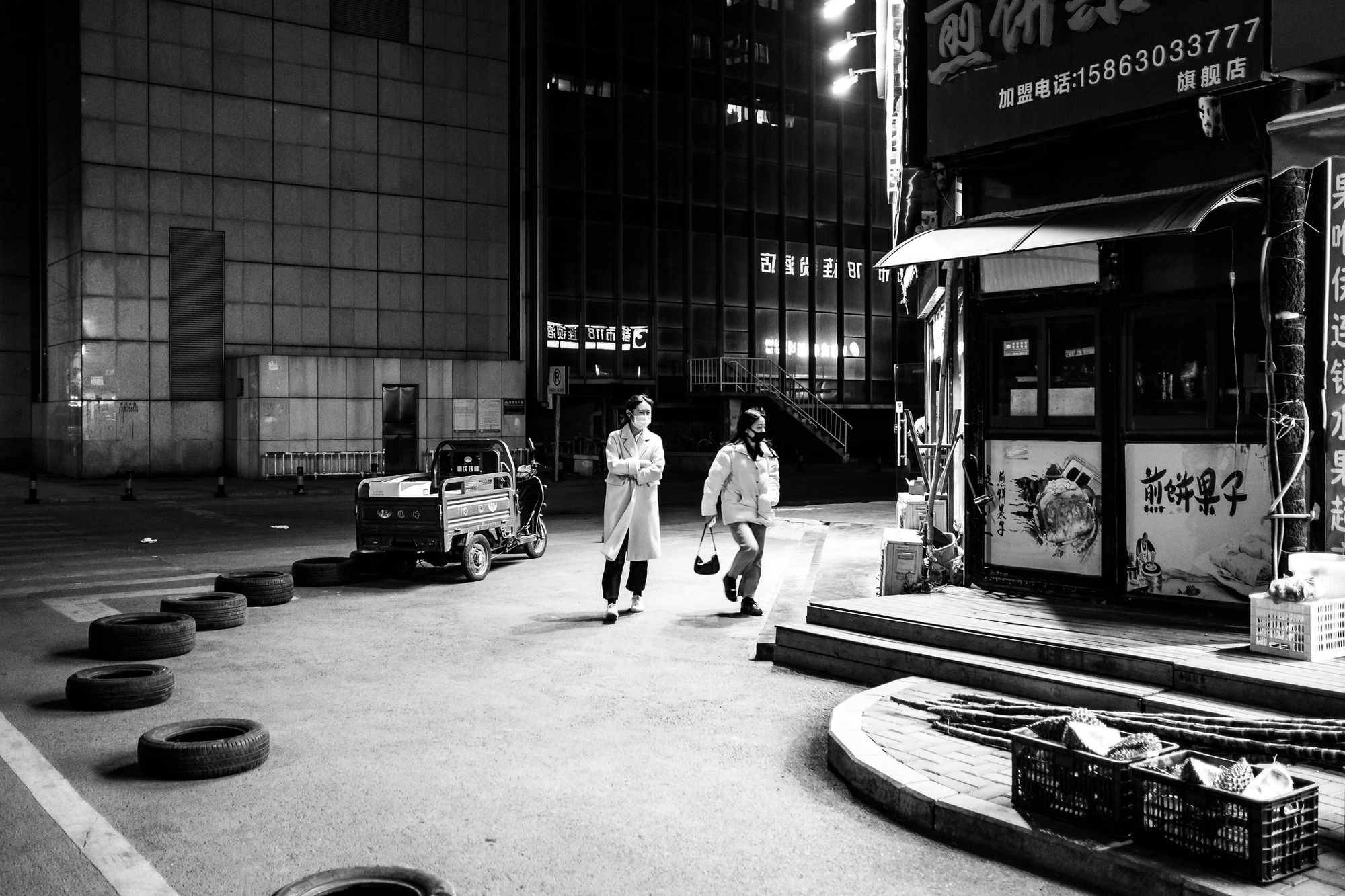
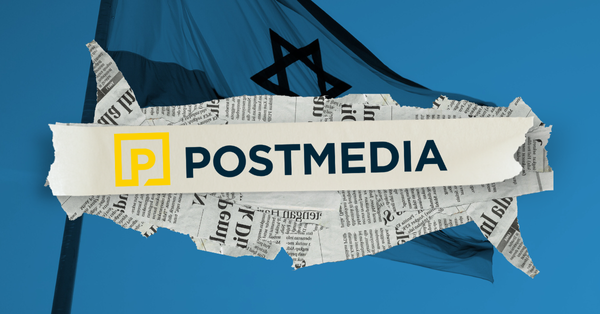
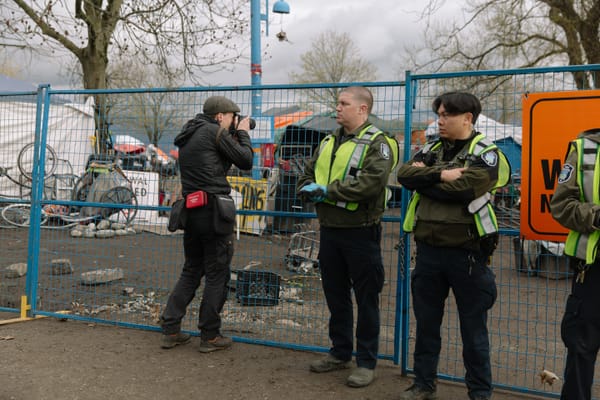
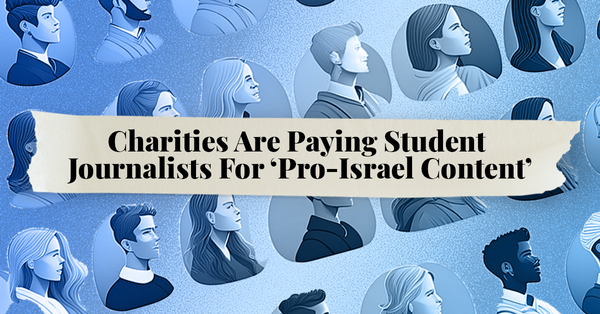

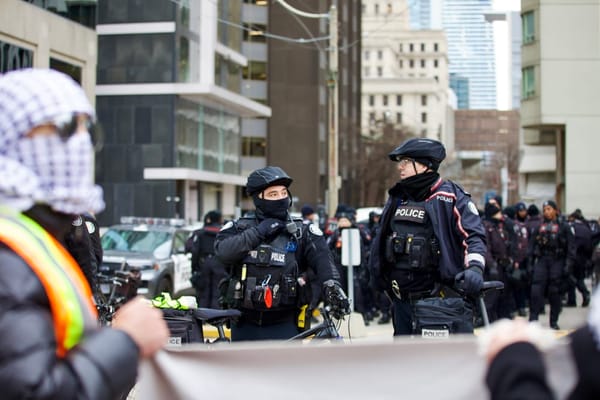
Member discussion